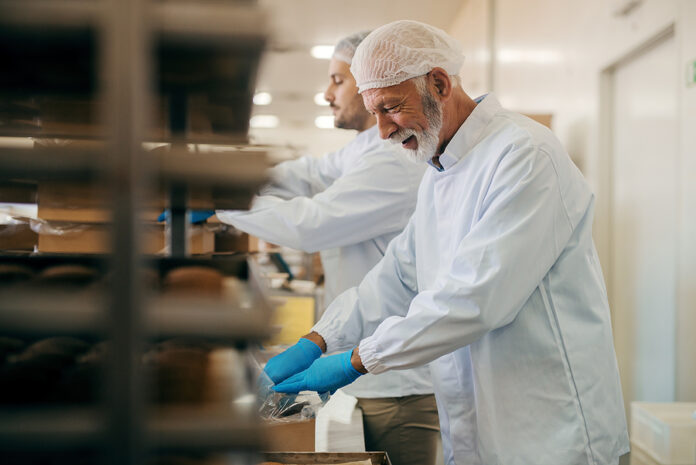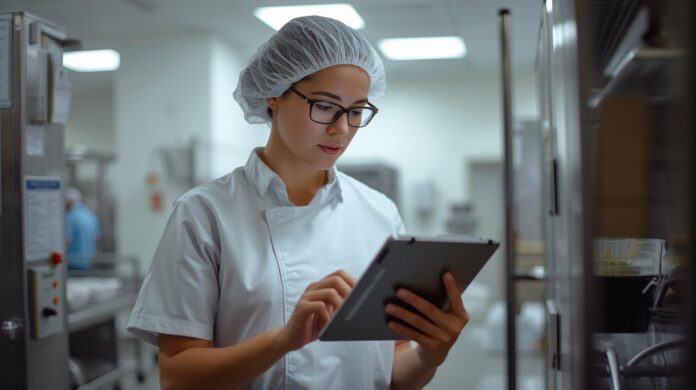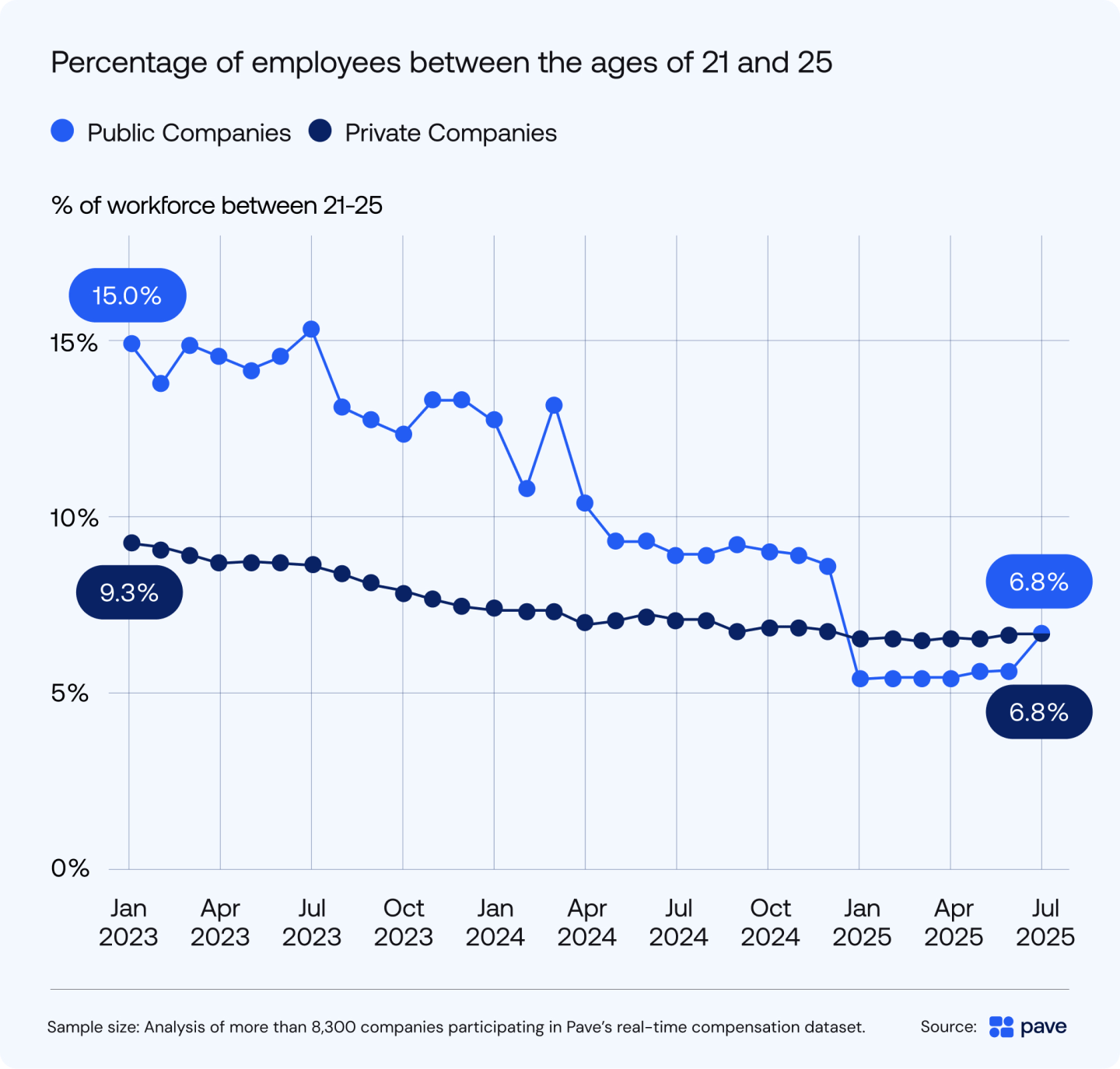
Welcome to this week’s Food Exec Brief, a roundup of the most important news shaping food and beverage manufacturing, from workforce development and strategic acquisitions to operational technology and renewable energy transitions that are redefining competitive advantage.
Key takeaways:
- 👥 Knowledge transfer urgency: With 22% of U.S. food manufacturing workers aged 55+ and 3.8 million new workers needed by 2033, companies must systematize knowledge transfer through structured mentorship, video-based training, and documented institutional expertise to avoid critical production risks as Baby Boomers retire.
- 💼 M&A acceleration signals consolidation: European food ingredients sector is on track for record M&A activity with 40 deals worth €3.87bn already exceeding 2024’s total value, as companies pursue geographical diversification, innovative assets, and sustainable operations with 65% of transactions crossing borders.
- 🤖 AI agents transform production intelligence: Kraft Heinz’s “Cookbook” AI agent provides workers instant access to 150 years of ketchup production expertise, demonstrating how AI can preserve institutional knowledge while enabling real-time operational decision-making from thickness specifications to process efficiency insights.
- ⚡ Renewable energy becomes competitive imperative: Mars powers all European snacking factories with renewable energy, producing 900,000 tonnes annually while demonstrating how sustainability investments create operational advantages amid escalating energy costs and regulatory pressures for net-zero commitments.
👥 Knowledge transfer crisis demands systematic response
Food manufacturers face concentrated retirement risk as experienced operators prepare to leave, requiring immediate action to capture institutional expertise before critical production knowledge disappears.
Workforce demographics create urgent timeline
- 22% of U.S. food manufacturing employees were 55+ (289k ages 55-64 and 94k 65+) in 2024 — a higher median age than many sectors, creating concentrated retirement risk for plants dependent on tacit, experience-based expertise.
- U.S. manufacturers may need 3.8 million new workers by 2033 — and ~1.9 million roles could go unfilled if gaps persist, with knowledge loss from retirements amplifying this shortage.
- Global employers expect aging populations to reshape labor markets with 85% planning to prioritize upskilling, and ~39% of current skills expected to be reconfigured by 2030.
Three-pronged strategy captures critical expertise
- Document institutional knowledge: Critical knowledge inventory (CKI) ranking roles/processes by business impact × departure risk, with structured interviews and video capture during real runs converted to digital work instructions.
- Two-way mentorship programs: Master-apprentice pairing for veteran operators mentoring on craft and quality instincts, while digital natives provide reverse mentoring on MES usage, digital SPC, and AI copilots.
- Video-based training systems: Visual steps for multi-step, high-consequence tasks like sterile connections and allergen changeovers, with clips ≤90 seconds embedded with quick competency checks.
ROI justifies immediate investment
- Target 30-50% reduction in time-to-proficiency via micro-videos plus mentorship, with measurable improvements in right-first-time rates and deviation reductions.
- Programs align with FSMA training requirements and ISO 30401 knowledge management standards for audit compliance.
Why it matters
This represents operational risk retirement, not just content capture. Companies that formalize knowledge transfer before expert retirements protect throughput, accelerate onboarding, and hard-wire compliance while building resilient talent pipelines.
💼 Record M&A activity reshapes ingredients landscape
Strategic acquisitions surge as food ingredients companies pursue scale, innovation, and geographic diversification amid changing consumer demands and supply chain pressures.
Deal velocity reaches historic levels
- M&A for food ingredients expected to break records this year, with 40 deals recorded so far and total value of €3.87bn already exceeding 2024’s complete annual total.
- Unlike previous three years where largest category was deals under €10m, in 2025 more deals hit the €10-50m range, indicating larger strategic investments.
- Cross-border M&A makes up more than 65% of transactions, with most attractive geographies including Spain, France, and the UK.
Growth categories drive valuations
- While Western European ingredients market grows at 1% annually, protein expands at more than 8%, with botanicals and cultures at more than 7%.
- Additives, blends, and distribution have been most active subcategories, with distribution making up a fifth of deal volume since 2019.
- Deals driven by desire for geographical diversification, innovative assets, and sustainable operations, with dual-functional ingredients providing both sensory qualities and practical functions seeing significant demand.
Market structure enables continued consolidation
- Market remains fragmented, dominated by larger players worth at least €50bn alongside specialized ingredients companies often worth less than €30m, creating “a dynamic landscape where smaller innovators and start-ups are winning market share.”
- Private equity makes up more than two-fifths of total deal output since 2020, providing capital for growth and consolidation strategies.
Why it matters
Record M&A activity signals fundamental restructuring as companies seek scale advantages, innovation capabilities, and supply security. Strategic acquirers gain access to specialized technologies and market positions that would take years to develop organically.
🤖 AI agents revolutionize production intelligence
Kraft Heinz demonstrates how AI-powered knowledge systems can preserve institutional expertise while enabling real-time operational decision-making, setting the standard for next-generation manufacturing intelligence.
Cookbook AI delivers instant expertise access
- Kraft Heinz pilots “The Cookbook” AI agent built using Azure OpenAI, providing workers access to 150 years of expertise in ketchup production from idea to prototype in fewer than three months.
- “With the stroke of a keyboard or tap on a tablet, users will be able to ask The Cookbook questions on everything from the thickness and color of a batch of Heinz Tomato Ketchup to insights about the efficiency of production processes.”
- Tool follows successful deployment of TasteMaker AI for accelerated product development and marketing, demonstrating scalable AI agent portfolio approach.
Strategic implementation avoids common pitfalls
- Kraft Heinz works to pressure test use cases upfront and monitors AI projects using quantitative and qualitative metrics, helping avoid dead-end projects plaguing businesses across the economy.
- This year, 42% of companies are abandoning the majority of their AI projects, up from 17% in 2024, making Kraft Heinz’s disciplined approach increasingly valuable.
- Company plans to “scale to other brands, products, and Kraft Heinz businesses” while exploring additional use cases, emphasizing knowledge preservation and quality protection.
Operational transformation drives business results
- CEO Carlos Abrams-Rivera noted AI investments “have transformed our ways of working” from improving demand forecasting to optimizing factory floor processes, driving “end-to-end improvement.”
Why it matters
AI agents represent operational intelligence evolution, moving beyond automation to knowledge amplification. Companies that successfully deploy AI-powered expertise systems gain competitive advantages through faster decision-making and preserved institutional knowledge.
⚡ Renewable energy transition accelerates competitive positioning
Mars achieves full renewable power across European operations, demonstrating how sustainability investments create operational advantages while meeting net-zero commitments and regulatory requirements.
Complete renewable energy milestone
- All ten European snacking factories now run entirely on renewable energy, producing 900,000 tonnes annually of household favorites including Snickers, Twix, M&M’s, Skittles, and Orbit/Extra.
- Achievement spans facilities in Czech Republic, France, Germany, Netherlands, Poland, and UK, with around 85% of output consumed within Europe.
- Transition includes direct reductions plus Guarantees of Origin certificates and biomethane equivalent to electricity and natural gas used across European confectionery operations.
Strategic investment framework drives results
- Milestone builds on decade-long strategy to cut environmental impact, with Mars investing in its first European windfarm in 2016.
- €1.5 billion investment in European footprint over past five years, with further €1 billion pledged by end of 2026 to boost innovation, infrastructure, and sustainability programs.
Net-zero alignment creates competitive advantage
- Regional President Marc Carena emphasized: “Sustainability makes good business sense and is at the heart of our strategy,” measuring success by financial results and positive impact on people, planet, and society.
- Achievement aligns with Mars’ global ambition to reach net zero by 2050 while demonstrating operational excellence.
Why it matters
Renewable energy transitions represent strategic necessity, not just environmental responsibility. Companies achieving full renewable operations gain cost predictability, regulatory compliance, and brand differentiation while future-proofing against energy volatility and carbon pricing.
The Food Exec Brief provides weekly insights for food and beverage manufacturing leaders and publishes every Friday. Want to get essential food industry news delivered to your inbox? Sign up for our weekly and daily newsletters.

Credit: Source link













